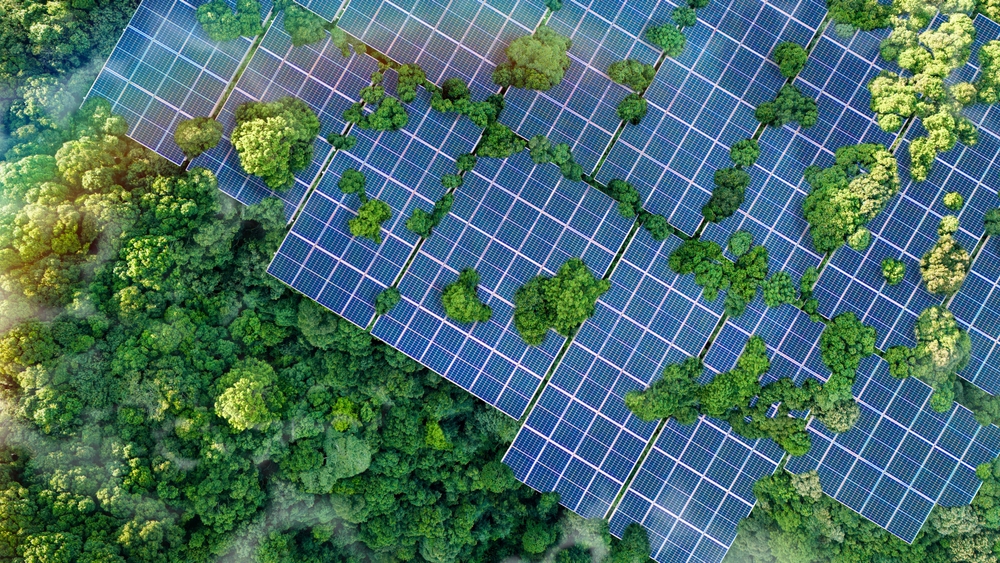Cleantech patents – staller or stimulator?

Global patent wars in the solar panel space have recently heated up, starting in Europe and the US and now spreading to China. Some critics are arguing that the patent system is stifling environmental progress by delaying dissemination of the renewable technologies it encompasses. Is this the reality, or is the patent system a catalyst for innovation in cleantech?
The cleantech ecosystem and public interest
Like any industry, cleantech exists in its own ecosystem, with unique influences and outcomes to balance as the respective cleantech technologies progress. What sets it apart, however, is its potential for broad-reaching environmental benefits, and its clear appeal to general public interest.
“An important balance that we’ve got to keep in mind is that the patent system is predicated on the balance between public and private interests,” said Spruson & Ferguson Principal, Dr Gareth Dixon.
“Classically, a patent owner getting a monopoly allows them sufficient time to recoup their R&D spend to enjoy the benefits of the exclusivity before such time as it is placed in the public domain. But what happens when the patentee’s right to exclude the public is arguably contrary to the public interest, and having the technology disseminated is a priority? This is often the case with cleantech. It’s not in society’s best interest to wait 20 years to roll out a product that could, for example, substantially reduce carbon dioxide pollution.” Dr Dixon argues the patent system allows the government to step in where inventions are broadly beneficial, and the process of commercialisation can’t wait.
“Compulsory licensing and Crown licensing mechanisms exist, but the licensee must compensate the patentee at a “fair price” in exchange for reducing their monopoly. It’s a very delicate balance,” said Dr Dixon.
Clean innovation accelerated
While compulsory and Crown licensing are tools within the patent system that may come into play later in the patent cycle, there are a number of steps throughout the process that allow cleantech innovations to “skip the queue”, accelerating their potential for commercialisation and distribution.
“A lot of patent offices have introduced accelerated examination platforms for cleantech. That doesn’t mean that an examiner is any softer on a cleantech invention, but it helps to reduce the wait – it can take 15-18 months for a first exam report to issue in Australia, and much longer in other countries. Cleantech inventions can be prioritised or jump the queue to enable their grants, which are often necessary for their commercialisation,” said Dr Dixon.
“There are specific examples of these accelerated examination platforms in Australia, and there have been various pilot rollouts in the US, Europe, South Korea and Japan. Hand in hand with these initiatives. Australia has also introduced the Australian Renewable Energy Agency (ARENA) and the like, which award grants for cleantech inventions,” said Dr Dixon.
“A strong IP position is but one of the criteria against which such schemes operate.”
The cleantech ecosystem, as well as patent offices, also facilitates collaboration, enabling innovators to connect.
“There is an exception to patent infringement called the experimental use exception, which broadly allows someone to take a patented technology and experiment with it. There are a few other rules, but in general, the outcome just can’t become commercial in nature,” said Dr Dixon.
“WIPO has also introduced an online community called WIPO Green, an online repository of cleantech patents, helping inventors to attract commercial partners through cross-licensing, assignment and the like,” added Dr Dixon.
Competition a good sign
Though the phrase “patent war” might seem daunting, it actually reflects positively on the significance of cleantech inventions, which for early-career inventors may find otherwise less alluring than, say, pharmaceuticals – especially on the back of the COVID pandemic.
“I think that the niche is winning when there is increasing competition. It means there is more appetite for establishing cleaner products and processes across any number of industries. Often the issue with cleantech is that we don’t get many inventions coming across our desks from universities and the like, compared to other areas – it’s not “sexy”,” shared Dr Dixon.
It’s also possible that patent wars reflect a series of specific circumstances in a technology that just happens to be cleantech, rather than reflecting on patterns in the cleantech space overall.
“Patent wars often only exist in isolation, where two parties are at odds and are resistant to collaboration, maybe for attitudinal or commercial reasons. There are specific circumstances that lead to these blow ups, rather than being a reflection of cleantech broadly,” said Dr Dixon.
“Patent wars are also a pretty good indication that what’s at stake is worth it commercially. No one’s going to war over patents with limited potential. If competition is increasing, and inventions are worth fighting over, then that arguably reflects pretty well on the broader cleantech space.”






